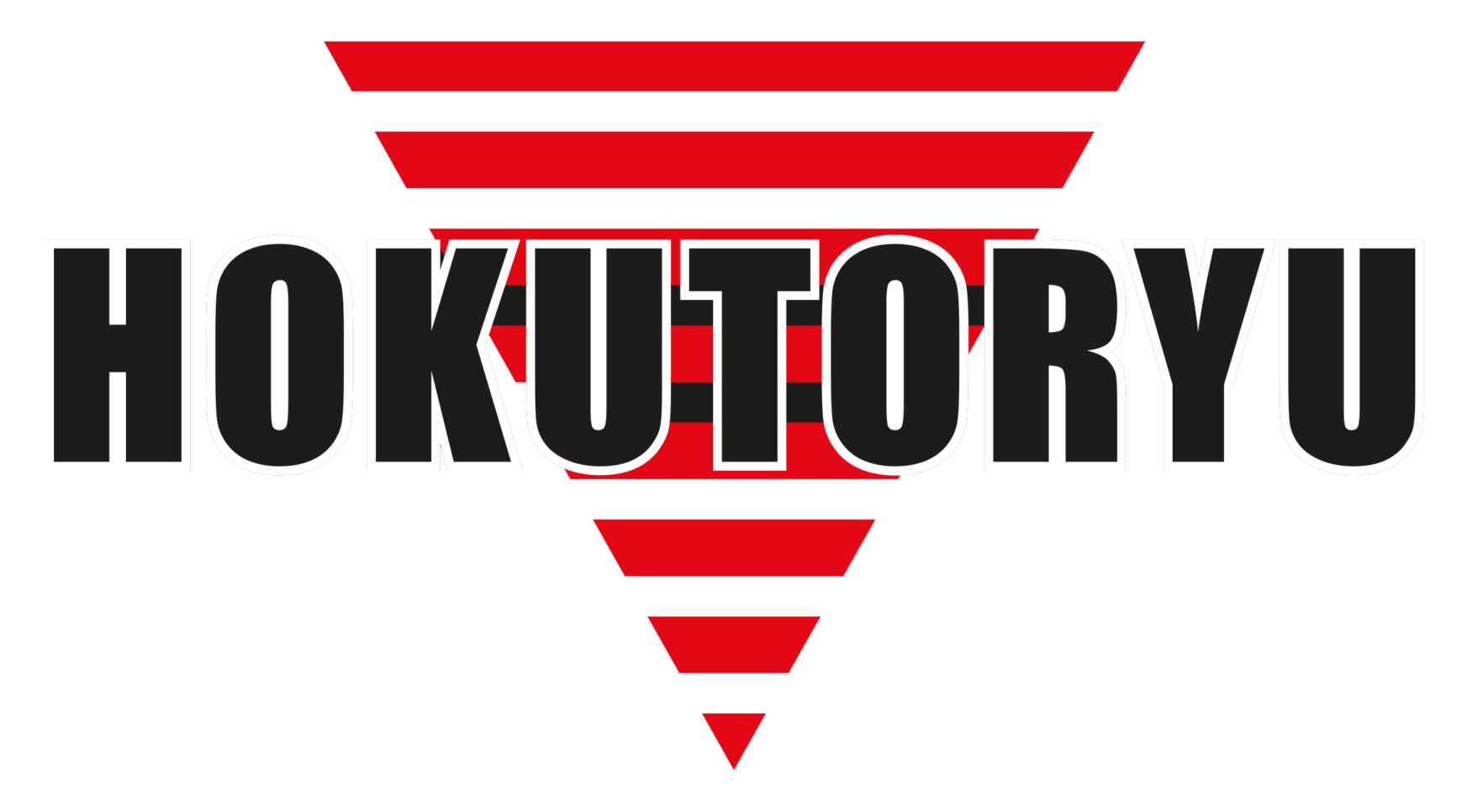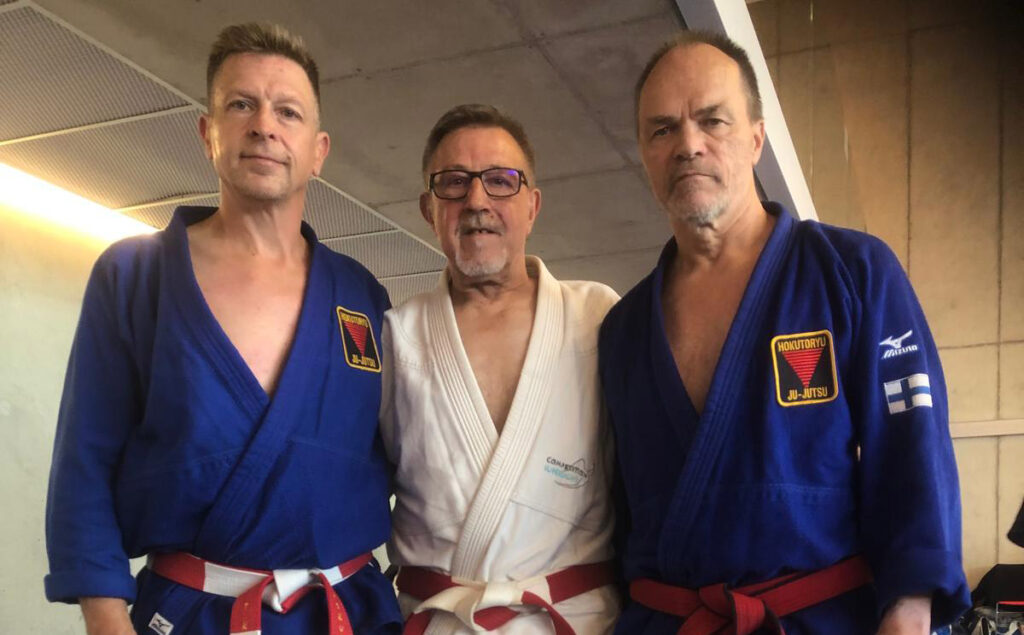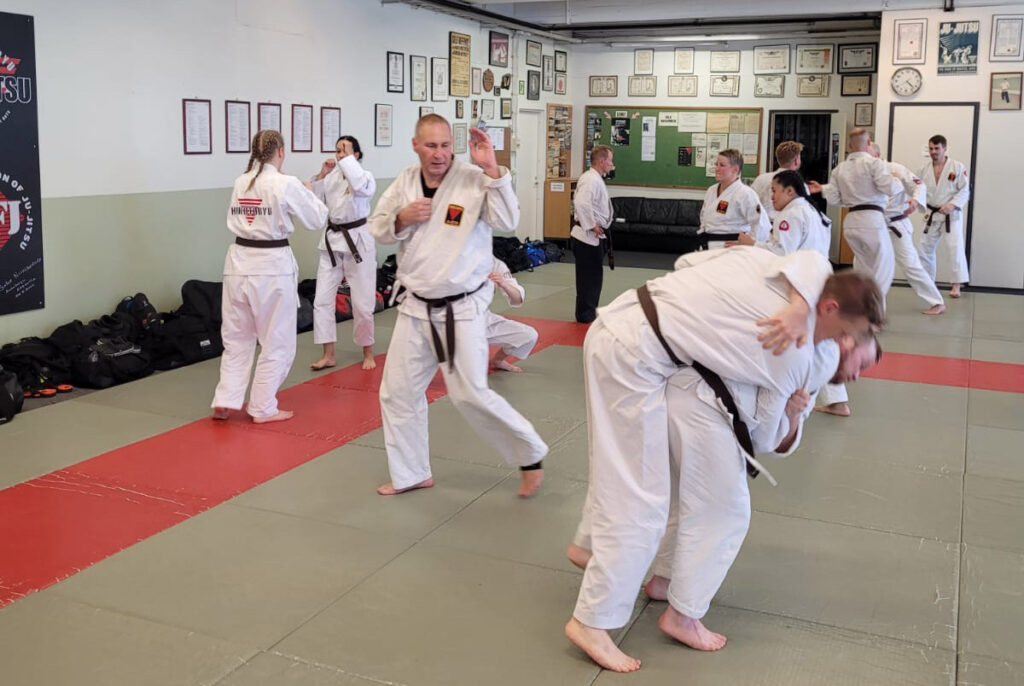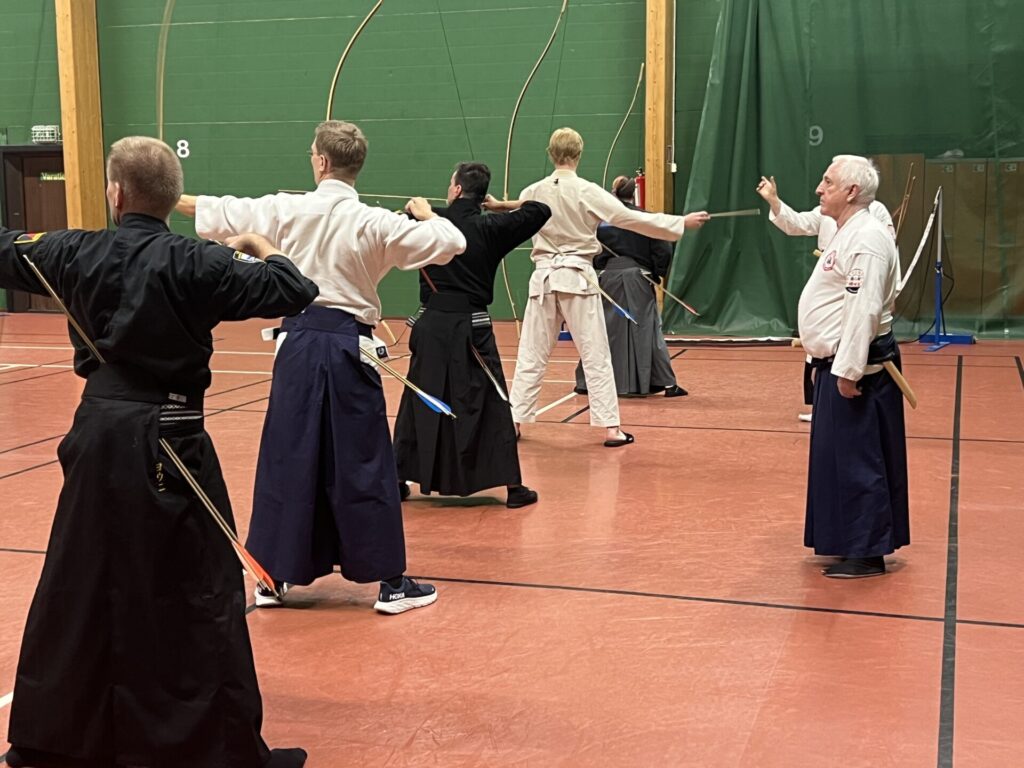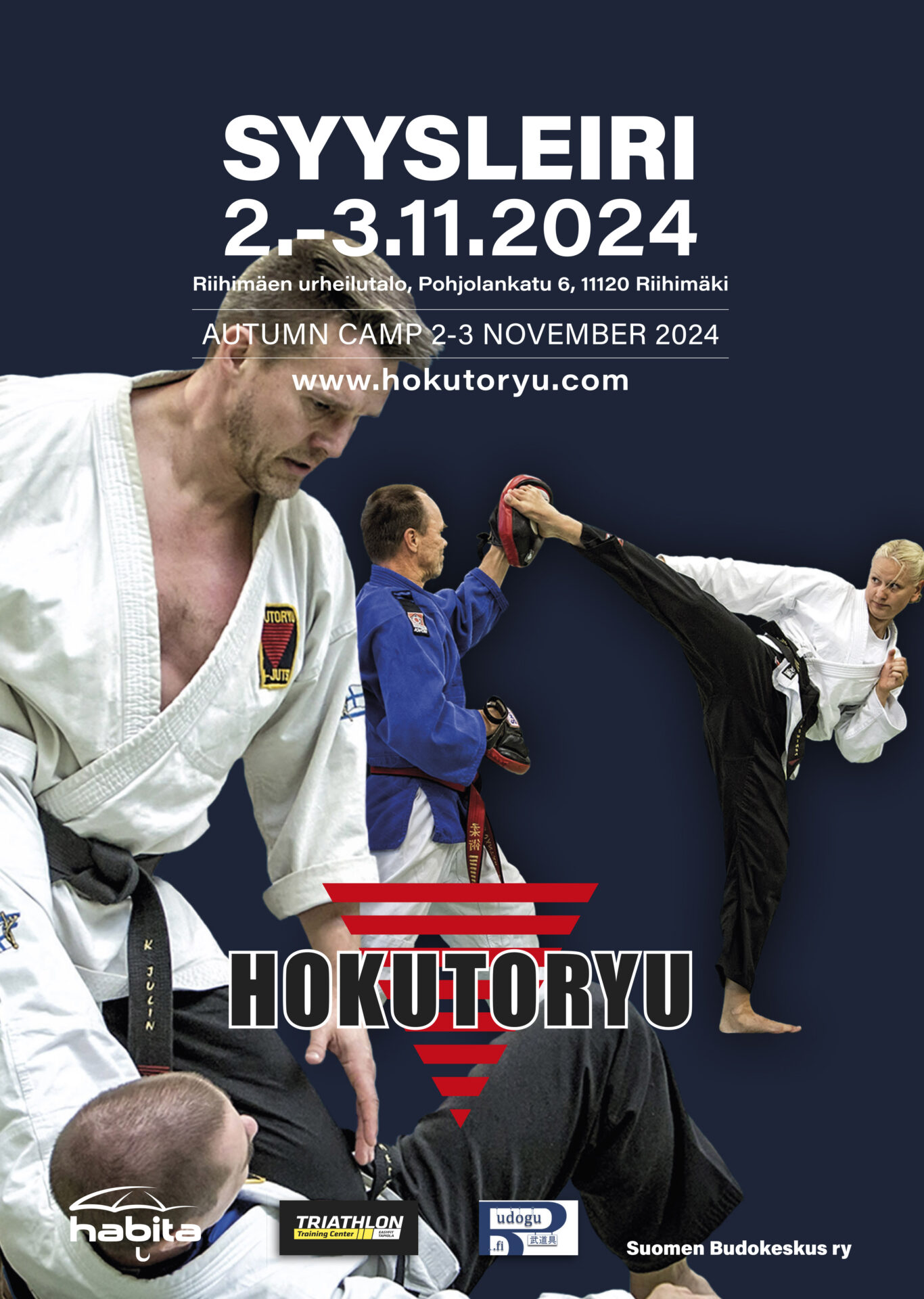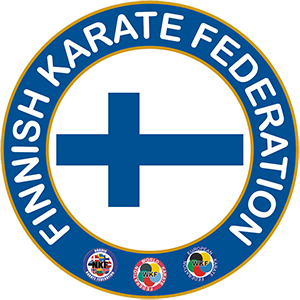Hokutoryu ju-jutsu since 1977
Suomessa kehitetty | Suoraviivainen ja tehokas | Itsepuolustus- ja kilpalaji
Kamppailulajien kuningas - Hokutoryu ju-jutsu
Hokutoryu ju-jutsu on suoraviivainen ja tehokas itsepuolustus- ja kilpailulaji. Lajiin sisältyy lyönnit, potkut, heitot ja mattokamppailu. Perustekniikoihin kuuluvat myös lukot ja kuristukset sekä erilaiset vapautumis- ja kuljetustekniikat. Ottelut käydään täyskontaktisäännöillä ja ammattilaisottelut häkissä. Hokutoryu ju-jutsu sopii kuntoiluharrastukseksi miehille, naisille ja lapsille, mutta lajia harrastavat myös viranomaiset, poliisit ja sotilaat eri puolilla maailmaa.
Liity Hokutoryu HQ:n uutiskirjeen tilaajaksi:
Löydä lähin seura:

Helsingin ju-jutsuklubi
Hokutoryu ju-jutsu Espoo
Ju-jutsu club Yawara (Kouvola)
Kushin-Kan Hämeenlinna
Lohjan Kamppailukeskus
Mäntsälän ju-jutsu
Raaseporin ju-jutsu
Salon Zanshinkan
Suomen Budokeskus (Riihimäki)
Ai-Bu Art Center (Imatra)
Imatran ju-jutsuseura
Joensuun ju-jutsuseura Ryu-O
Kachi-Kan (Mikkeli)
Kuopion ju-jutsuseura
Parikkalan ju-jutsu
Pieksämäen ju-jutsu
Punkaharjun ju-jutsu
Varkauden ju-jutsuseura
Fight4All Jeppis
Kokkolan ju-jutsuseura
Kurikan ju-jutsu
Pietarsaaren ju-jutsu
Porin ju-jutsuseura
Rauman Judoseura Samurai
Tampereen ju-jutsukoulu
Turun ju-jutsuseura
Vaasan Hokutoryu Ju-jutsu
Ju-jutsu Oulu
Kajaanin ju-jutsuseura
Kemin ju-jutsuseura
Rovaniemen ju-jutsu
Löydä lähin seura:

Uutiset
Hokutoryu ju-jutsu syysleiri Riihimäki 2-3.11.2024
Hokutoryu ju-jutsun syysleiri pidetään 2-3.11.2024 Riihimäen urheilutalolla. Leiri on tarkoitettu kaikille vyöasteille, valkoisesta mustaan vyöhön. Leirillä on myös oma osuus junioreille lauantaina 2.11.
Leiriesite, jossa lisätiedot tästä linkistä.
Link to camp brochure in English.
Leirin virallinen hotelli on Teatterihotelli Riihimäki.Tarjoushinnat ju-jutsuleiriläisille:
1hh 85€/vrk
2hh 110€/vrk
3hh 140€/vrk
Hinnat sisältävät majoituksen ja aamiaisen. Varaukset sähköpostitse tai soittamalla 01007721, mainitse varauksen yhteydessä koodi JU-JUTSU. Huoneita on rajoitetusti.
Hokutoryu täyskontaktiottelut
Hokutoryu ju-jutsussa kilpaottelut käydään täyskontaktisäännöillä, sallittuja tekniikoita ovat lyönnit, potkut, heitot, kaadot sekä lukot ja kuristukset. Päähän lyöminen on kielletty. Kilpailuasuna on ju-jutsugi, ottelussa ei käytetä hanskoja tai säärisuorija. Ottelun voi voittaa tyrmäyksellä, vastustajan luovutuksella tai tuomareiden päätöksellä.
Hokutoryu HQ
Puh: 09 694 6554 (arkisin 13-20)
Sähköposti:
Tallberginkatu 1 D 59
00180 Helsinki
Löydä lähin Hokutoryuseura

